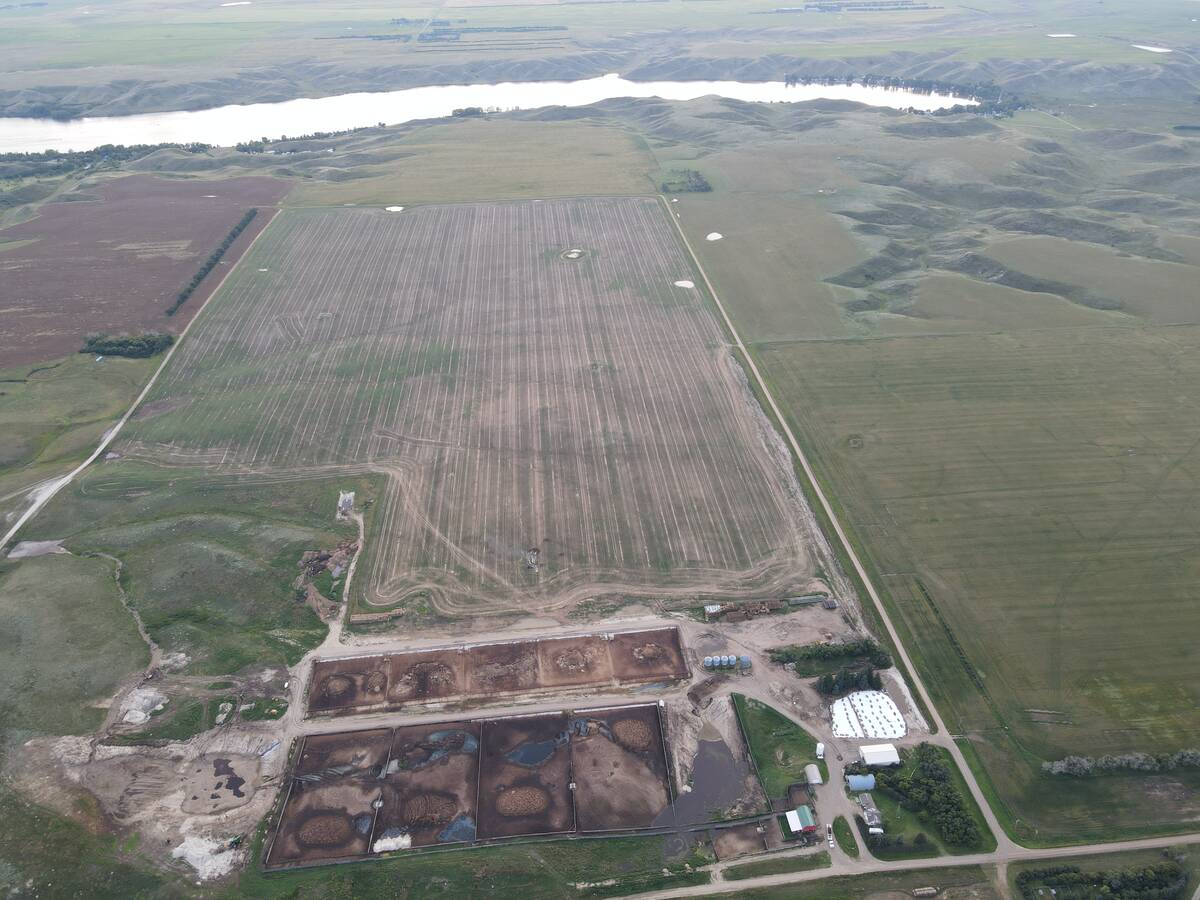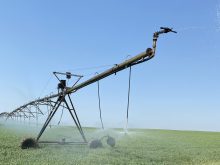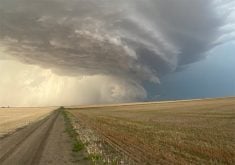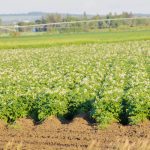Farmers are encouraged to replace cereals and oilseeds they now grow on marginal cropland with perennial forages.
Zoheir Abouguendia, program manager for the Saskatchewan’s grazing and pasture technology program, said the environmental and economic benefits of this conversion are many, with the most important beneficiary being the soil.
“Not only do perennial forages arrest further decline in soil quality, they enhance it by improving soil structure and increasing soil cover and organic-matter content,” he said.
“Nutrient cycling and status are improved through nitrogen-fixing legumes and the return of nutrients in livestock manure.”
Read Also

Saskatchewan RM declines feedlot application, cites bylaws
Already facing some community pushback, a proposed 2,000-head cattle feedlot south of Swift Current, Sask., has been rejected for a municipal permit, partly over zoning concerns about the minimum distance from a residence.
He said perennial forages also protect the soil from wind and water erosion: “The amount of soil erosion from soils under healthy pasture is minimal.”
Perennial forages control soil salinity by reducing the amount of water moving into recharge areas.
But there is also an economic benefit.
“An increase in perennial forages provides an opportunity for a more profitable and sustainable land-use alternative,” Abouguendia said.
“It enhances livestock as a diversification option. And this may reduce pressures on governments for income subsidies.”
It’s difficult to assign an economic value to some of the advantages of perennial forages. Perennials, for example, enhance wildlife habitat by providing more stable and diverse cover and food. They also enhance watershed characteristics, which can lead to improved riparian habitat and water quality.
Less fuel consumption due to reduced tillage and other annual-crop operations will make a difference to the bottom line. Air quality will benefit from less fuel burned and by the greater amount of carbon that perennial forages keep in the soil.
The decision to convert marginal cropland to perennial forages is not to made lightly, however.
Abouguendia said the decision must be based on an adequate environmental and economic analysis.
This analysis should consider aspects such as the prevailing climate, kind of land, soil characteristics, familiarity with livestock management, availability of facilities and financial and human resources, and the producer’s short- and long-term goals.
“Some grain farmers who have converted to perennial forages, for example, decided to form new business relationships with existing livestock producers.
“They either supply them with hay, or lease pastures to them, which allows them to avoid the need for livestock management and investment in a livestock herd.
“But most of those who have converted their marginal cropland into perennial forages already have livestock as part of their operation. It makes economic sense for these producers as they already have some facilities such as fences, stock water and corrals, and they have the experience needed for managing livestock,” said Abouguendia.
He reminded farmers that seeding forages differs greatly from annual crops.
“It may take up to two years to get a grass stand adequately established. Also, forage seeds are generally much smaller and lighter than those of grain crops, so careful control of seeding depth and seed delivery is essential.”
Selecting the right seed for the area and the intended use are more aspects to be considered.
For technical help with this selection, Abouguendia suggests producers contact their nearest rangeland specialist.
He estimated 10 percent of Saskatchewan cropland – six million acres – are environmentally unsustainable.














